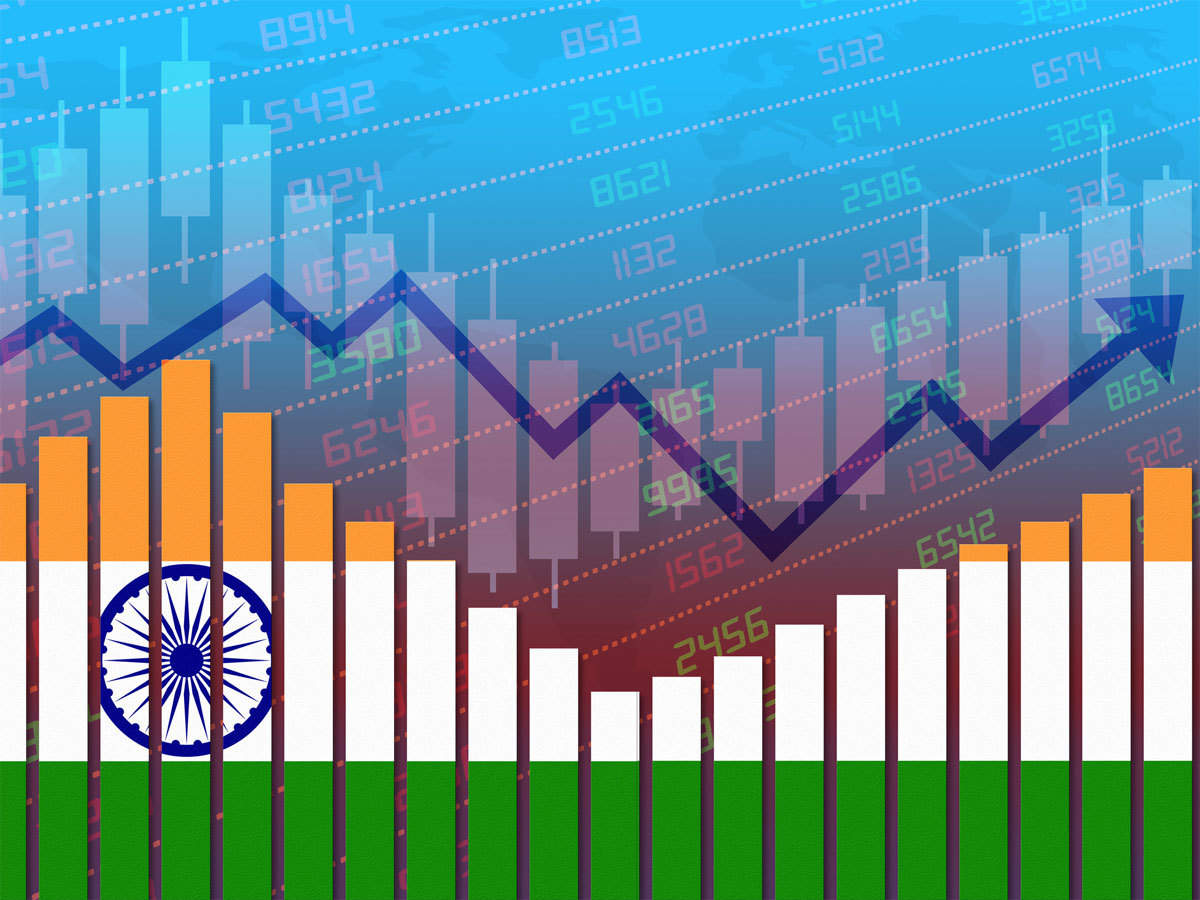When the pandemic arrived in India, we were prepared to face the outcomes. Unlike other countries, India got time to analyze and beat the results. But did we handle it well? No country seems to answer it well. The consequences and outcomes were beyond imagination. In this middle of crisis and poverty, was India able to save lives and livelihoods? Listing here some of the major impacts.
India’s response to the COVID-19 pandemic stemmed from the humane principle that:
- Human lives lost cannot be brought back. A 40-day lockdown period was used to scale up the necessary medical and para-medical infrastructure for active surveillance, expanded testing, contact tracing, isolation and management of cases, and educating citizens about social distancing and masks, etc.
- GDP growth will recover from the temporary shock caused by the pandemic.
COVID pandemic affected both demand and supply.
- India announced structural reforms to expand supply in the medium-long term and avoid long-term damage to productive capacities.
- Major structural reforms launched in agriculture markets, labor laws, and definition of MSMEs to provide unparalleled opportunity to grow and prosper now and thereby contribute to job creation in the primary and secondary sectors.
- Calibrated demand-side policies to ensure that the accelerator is slowly pushed down only when the brakes on economic activities are being removed.
Amidst the Covid-19 crisis, higher Government debt to support a fiscal expansion is accompanied by concerns about its implications for future growth, debt sustainability, sovereign ratings, and possible vulnerabilities on the external sector. In the Indian context, Growth leads to debt sustainability but not necessarily vice-versa:
- Debt sustainability depends on the ‘Interest Rate Growth Rate Differential’ (IRGD), i.e., the difference between the interest rate and the growth rate.
- Growth causes debt to become sustainable in countries with higher growth rates;
COVID-19 pandemic emphasized the importance of the healthcare sector and its inter-linkages with other sectors – showcased how a health crisis transformed into an economic and social crisis. Inequality and Growth: Conflict or Convergence? National Health Mission (NHM) played a critical role in mitigating inequity as the access of the poorest to pre-natal/post-natal care and institutional deliveries increased significantly.
Key suggestions for Healthcare amid COVID 19:
- Emphasis on NHM in conjunction with Ayushman Bharat should continue.
- Increase in public healthcare spending: From 1% to 2.5-3% of GDP which will also decrease the out-of-pocket expenditure from 65% to 35% of overall healthcare spending.
- A regulator for the healthcare sector must be considered.
- Mitigation of information asymmetry to help lower insurance premiums, enable the offering of better products, and increase insurance penetration.
- Telemedicine needs to be harnessed to the fullest.
Tags:
Contact
Our Address
Delhi-110092
Email Us
richa.rjassociates@gmail.com
Call Us
011 35587932















The subsequent time I read a blog, I hope that it doesnt disappoint me as much as this one. I imply, I do know it was my option to read, however I actually thought youd have something attention-grabbing to say. All I hear is a bunch of whining about one thing that you could repair if you werent too busy on the lookout for attention.